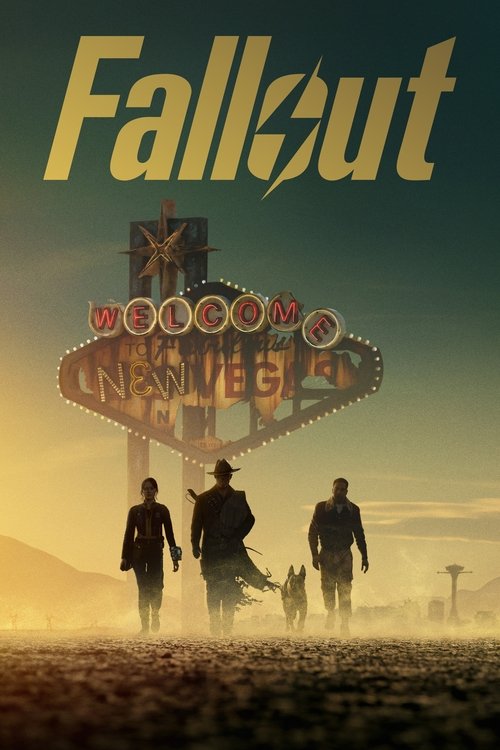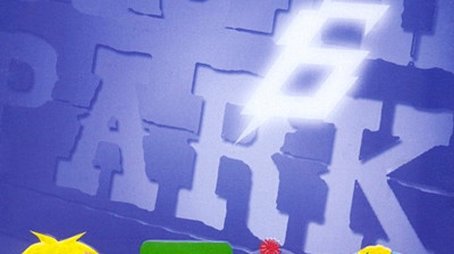
Sorry, we have not watched this yet.

In this series Stan convinces the boys to kidnap all the calves from a local farm after a look at how veal is made turns him vegetarian; Professor Chaos struggles to find an evil scheme that hasn't already been done on 'The Simpsons'; and when Bebe's breasts begin to take shape, the boys can't understand why they're suddenly interested in her.
Sorry, we have not watched this yet.